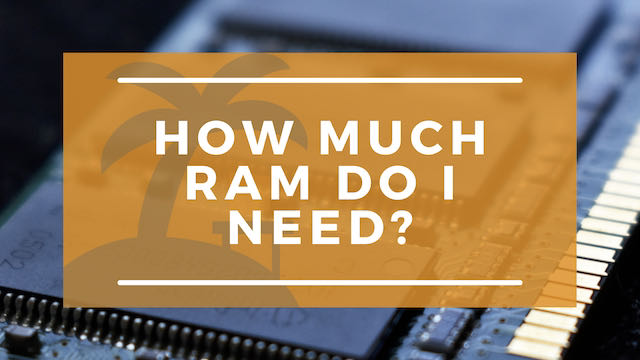
Having sufficient RAM is quite strong since it impacts the performance of accessing different application types. For instance, users accessing spreadsheets require a minimum of 16GB RAM. In other cases, they would experience glitches and application crashing issues during accessibility. Similarly, if you are a top-end gamer, a minimum of 32GB RAM will be needed. Therefore, to get adequate system RAM, you should be clear about the purpose of computer usage.
How Much RAM Do I Really Need?
Some users use their computers casually and access only one program at a time. Therefore, they can start with 4GB RAM. However, this is the minimum requirement for any basic system that can run one program at a time. Therefore, the speed would slow down if one heavy program or multiple average memory programs were concurrently accessed.
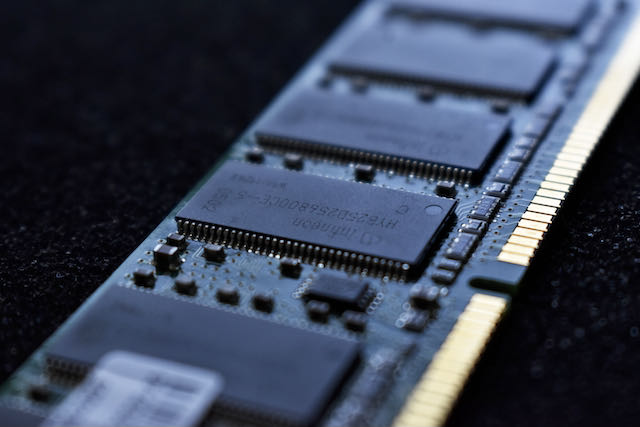 Similarly, consider that you are someone who accesses email software, document creation tools, web-based programs, and other mid-sized applications but not continuously. Therefore, a 16GB system RAM would be sufficient for you. Similarly, engineers, regular gamers, and mid-level tech professionals require a minimum RAM of 32 GB. Lastly, 64 GB RAM is needed by top category users who access heavy programming IDE and video editing applications.
Similarly, consider that you are someone who accesses email software, document creation tools, web-based programs, and other mid-sized applications but not continuously. Therefore, a 16GB system RAM would be sufficient for you. Similarly, engineers, regular gamers, and mid-level tech professionals require a minimum RAM of 32 GB. Lastly, 64 GB RAM is needed by top category users who access heavy programming IDE and video editing applications.
Important Note: If you are using 64GB RAM, you likely will need to have other higher end computer parts as well. Getting the proper components will increase the lifespan of the computer parts. In short, you will not have to replace them as much.
Robust applications have immense RAM requirements. Consider the example of software development tools. These applications send regular constructions to remote servers for data fetching and other purposes. This is the prime reason why the performance of developers depends a lot on the system RAM they have. Therefore, developers should ideally have high-end systems with a minimum of 32 GB RAM.
Is 64GB RAM Overkill?
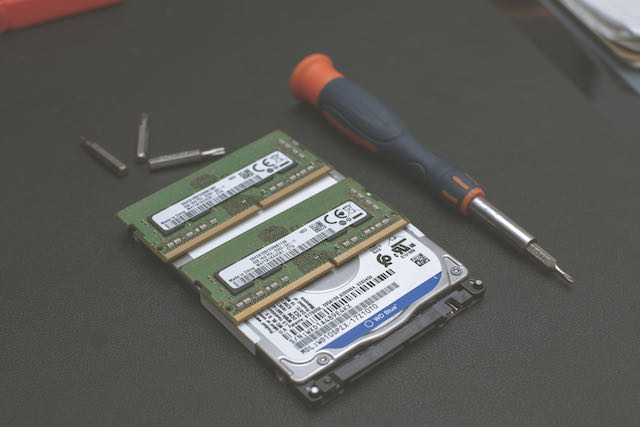
A 64GB RAM takes the performance of a computer to the optimum level. However, the important question is whether every user requires it or not. Every user does not need 64GB RAM. For such people, 64GB RAM is overkill.
Suppose that an individual uses his /her home computer for accessing emails and some word processing applications. At times, internet browsing is also done while using these soft wares. Considering these requirements, a RAM of 64GB is not needed by any means. The user can easily complete all tasks with 16GB RAM. The same cannot be said for a 3D animation editor.
Animation applications have a very high RAM requirement. Most of them require 32GB only to initiate execution and 64 GB for smooth execution. For such individuals, 64GB is not overkill. To sum it up, users have to finalize their system needs to determine adequate RAM requirements.
What is Better: 2-16GB or 4-8GB?
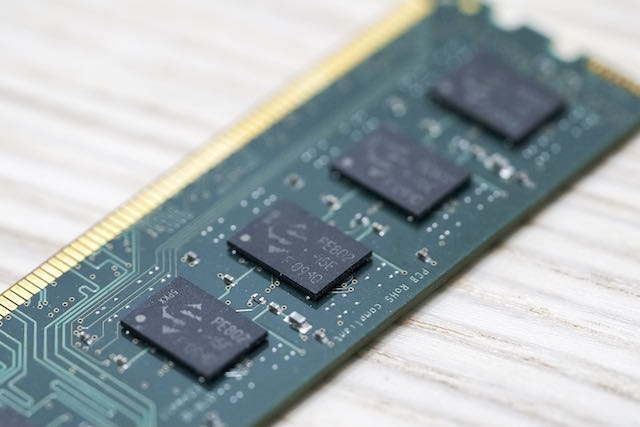 Buyers do get confused even after finalizing the total RAM storage. For instance, if you want to procure 32GB RAM, the combination can be either two RAM slots of 16 GB or 4 or 8 GB. So let us glance through a comparative analysis of these two alternatives.
Buyers do get confused even after finalizing the total RAM storage. For instance, if you want to procure 32GB RAM, the combination can be either two RAM slots of 16 GB or 4 or 8 GB. So let us glance through a comparative analysis of these two alternatives.
To start with, a lot depends again on the types of programs/applications installed on your computer. If you seek a higher memory bandwidth regularly, 4 slots of 8GB would be more suitable for you. However, a higher number of sticks means spending more money in terms of cost. Hence. If you seek an economical option for 32GB RAM, buying two sticks of 16 GB is better.
At times, users plan to update their system RAM in the long run. For example, you may want to start with 32 GB RAM and upgrade it to 64. In that case, sticking to a few slots helps. Hence, start with two 16 GB RAM slots and add two more to complete the 64 GB requirement when needed. In terms of application accessibility, two 16B slots are better than 4 of 8 GB each.
Is RAM Expensive Now?
There is absolutely no doubt that the cost of PC RAM has increased at a major rate over time. Why has this happened? In the earlier days, RAMs were only required for computers, but at present, the situation is not the same. RAMs are required for all categories of devices on which applications are stored/saved. For instance, if you purchase a tablet, the selection parameters include RAM configuration. The same is true with SmartPhones, USBs, and portable hard drives.
As the classifications of storage devices have increased, the cost has risen. However, cost does depend on the storage needs a user has. For example, an 8 GB RAM would cost less than a 32 GB one. Other than that, advanced systems use DDR 4 RAM, which is costlier than the previous DDR 3 version.
How Much Does RAM Cost?
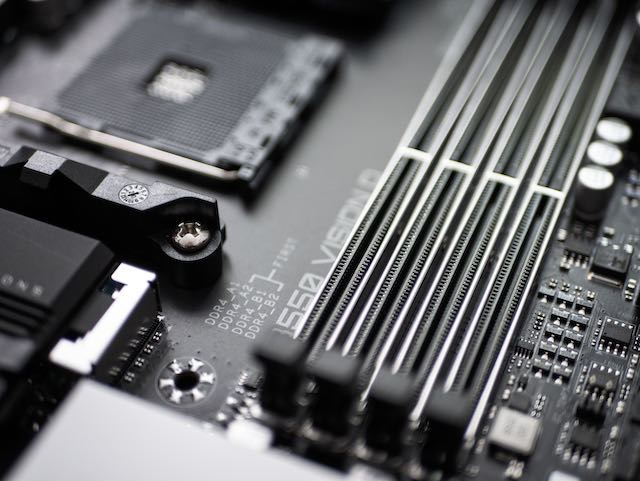 There are no flat rates for RAM, and storage capacity is a key parameter. As mentioned above, more storage capacity means higher costs. On an average scale, and 8GB DDR 4 RAM by Kingston or any other reputed company would fall between $ 34 and 35. The DDR variant would be a few dollars less. Price also depends on the average rates of the vendor.
There are no flat rates for RAM, and storage capacity is a key parameter. As mentioned above, more storage capacity means higher costs. On an average scale, and 8GB DDR 4 RAM by Kingston or any other reputed company would fall between $ 34 and 35. The DDR variant would be a few dollars less. Price also depends on the average rates of the vendor.
Another thing worth noting is that computer part prices can be volatile at times, and these prices may not be the average for long.
The Final Thoughts
To sum it up, RAM capacity deeply impacts overall application accessibility. For example, accessing a word processing application through a 16 GB RAM would not be as smooth as a 32 GB RAM. Therefore, users should never be hasty before purchasing and pen down all their requirements/usage needs. The next step is filtering a RAM variant that meets the requirements. Lastly, perform a comparative analysis based on price and overall reputation between different vendors.
It is not mandatory to start with high RAM storage. You may equip your machine with 8 or 16 GB and then upscale to the 32 or 64 GB category as needed changes. Always ensure that you select a reliable vendor selling 100% original accessories.